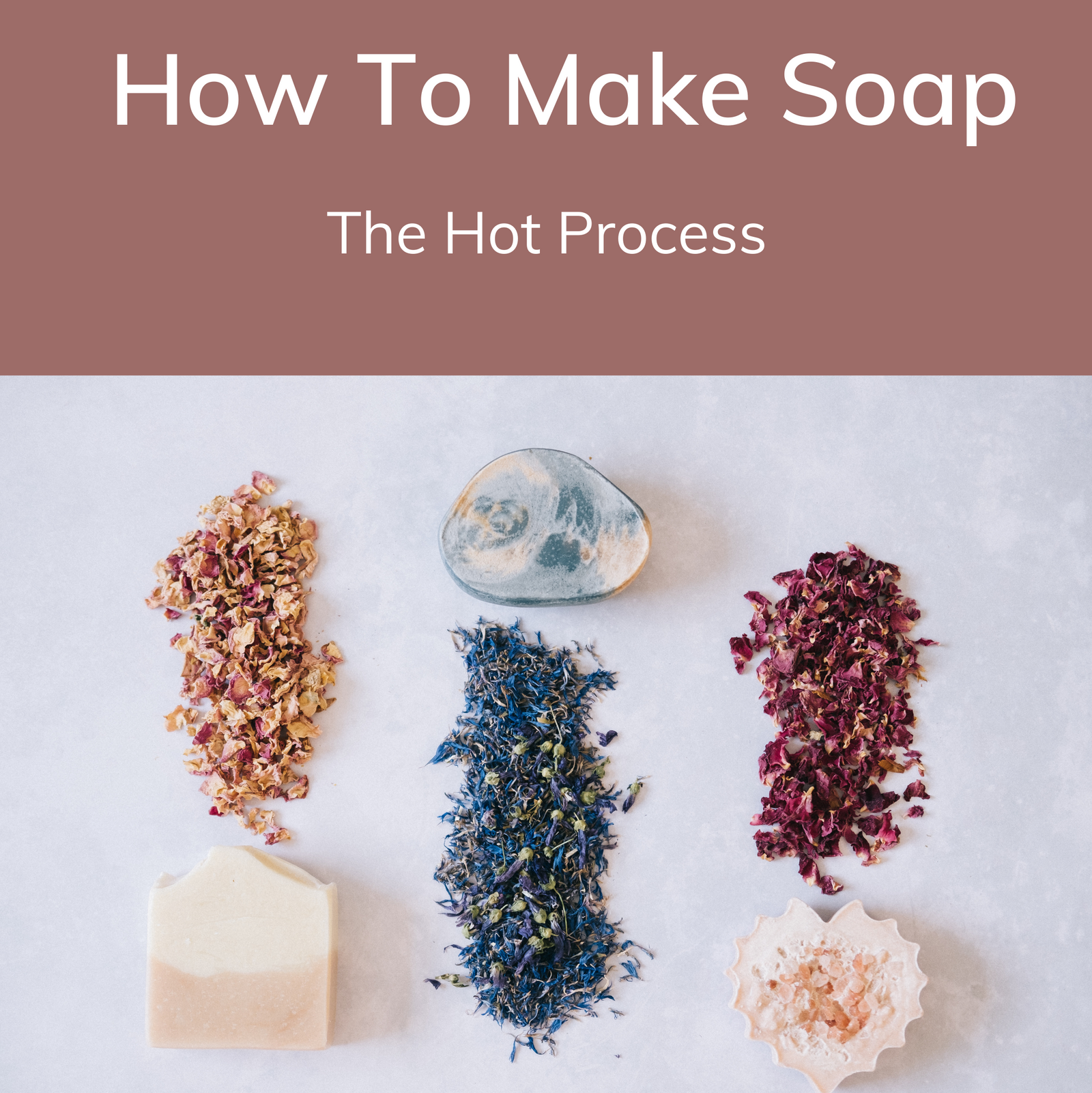Tell me how to make soap. Hot Process

I am a huge fan of hot process soap making for reasons that I will cover in future blogs. Not least because I am impatient and don't like waiting for a 4 to 6 week cure time but more about that later!
Much the same as cold process soap making it involves selecting your chosen recipe (and don't worry I have some basic recipes on another blog post)
Melting your oils and butters together usually in a slow cooker
Mixing your lye solution and unlike cold process soap making, let it cool down substantially.
Using a simple stick blender to mix with your oils with your sodium hydroxide (aka lye) solution until they have emulsified. This can be completed in the slow cooker pot.
'Cook' on low until the soap has become a vaseline, gel like substance.
Allow to cool to around 180 degrees
Add colourants and/or scents of your choice and then pour in to a mould.
There are occasions when it is preferable to add your colourants before the cook but much will depend upon whether you wish to make multi coloured soap.
Unlike cold process soap you can cut your soap within 24 hours and in theory use it immediately. 'Cooking' your soap forces it through the saponification process and it is turned in to soap once cooked. In reality your soap will benefit from a week or 2 on the curing rack to harden up even more and become a milder, longer lasting bar of soap.
Hot process soap is likely to take more than an hour as the cooking process itself can take that long and more. Much depends on your recipe and the size of the batch. Additionally you cannot leave your soap unattended whilst it is cooking as it may have a tendancy to volcano. More about that in another blog!
What is saponification? In simple terms it is the chemical process that occurs between the sodium hydroxide and the butters and oils that are being used that turns them in to soap.
Hot process soap making is less popular than cold process. It tends to produce a rougher more rustic looking bar of soap. There are limitations with making coloured patterns as it is much thicker when it goes in to the mould but unlike hot process you can choose what skin loving butters or oils you leave 'free floating' in your soap as you can add them at the end once your soap is made. More about that process which is known as 'superfatting' in a future blog.

Many of the tools you will need can be found in your kitchen already and ingredients are readily available online. Some are even found in your local supermarket although this approach may be a little more costly than buying from a specialist supplier.
Once you have mastered the soap making process the possibilities are endless and you will be giving friends and family the BEST presents!
You may even look to start your own soap making business - yes it is possible to make money from soap making but that really needs to be another blog post in it;s own right as there is a fair bit of legislation around the selling of cosmetic products within the EU. If you are outside of the EU you will need to check within your own country.
If you would like to know more about my soap making journey then you can find out how I caught the bug here and if you would like to learn more about making your own natural soap you can find out about my online or hands on soap making workshops and Soap Making Made Easy eBook here
Leave a comment